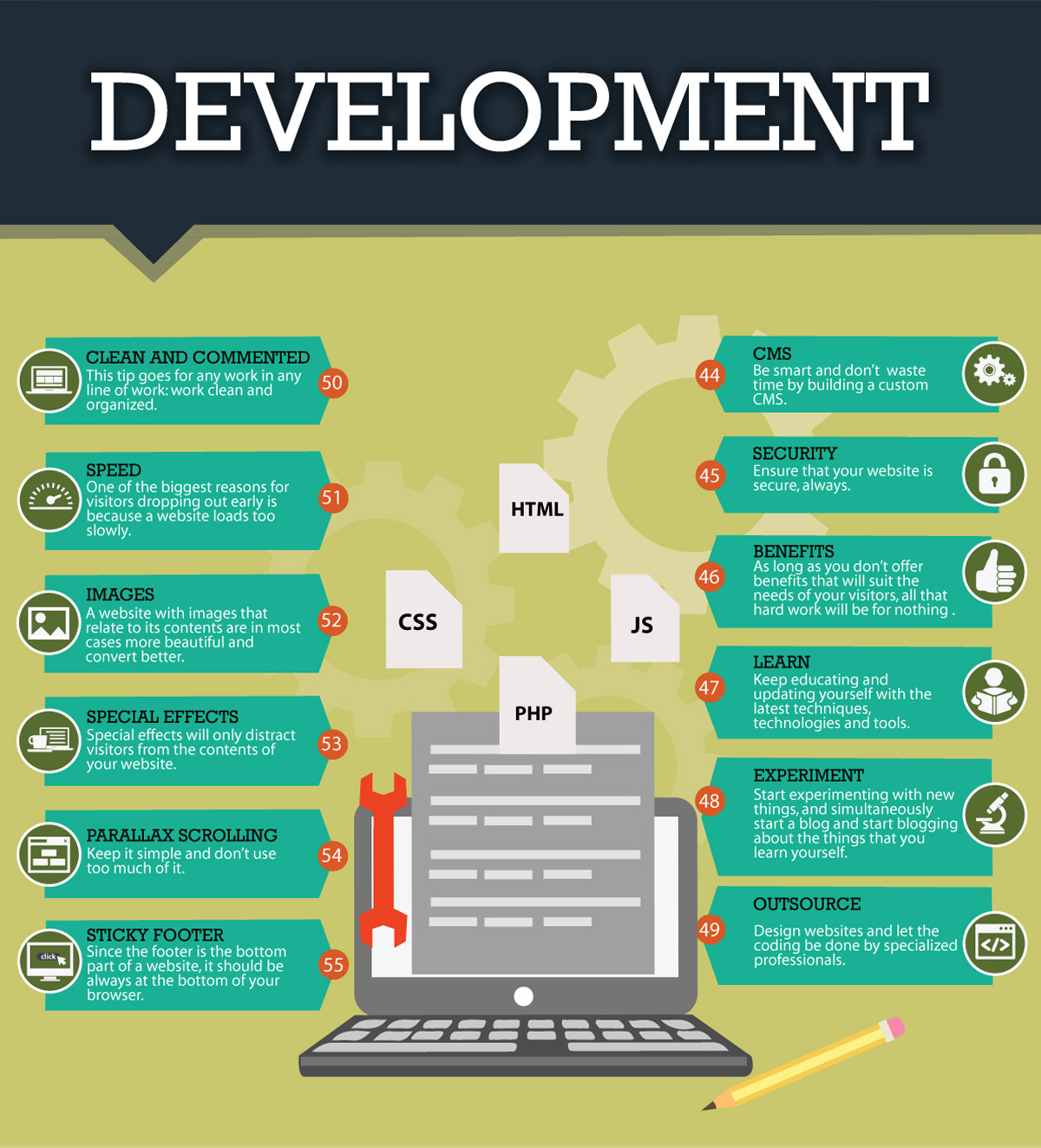Website Layout Basics: Tips For Structure A User-Friendly Site
Website Layout Basics: Tips For Structure A User-Friendly Site
Blog Article
Uploaded By-Wiley Thorpe
When it involves internet site style, making sure user-friendliness is vital. From receptive layout to streamlined navigating, every element plays an essential duty in producing a website that accommodates your audience's needs. However what about the better information that can make or damage a user's browsing experience? Remain tuned as we reveal some often-overlooked tips that can raise your website's usability to the next level, making it really stand out in the digital landscape.
Significance of Responsive Layout
Receptive design is a crucial element of modern internet site growth. Ensuring your site is responsive ways that it can adjust to various display sizes and gadgets, supplying a smooth experience for users.
With the boosting use mobile phones and tablet computers to access the internet, having a responsive design is vital for reaching a larger target market. It aids in improving user experience by making your site very easy to browse and read on any gadget.
In addition, receptive style can positively impact your internet search engine rankings, as online search engine like Google focus on mobile-friendly web sites. By having a receptive design, you're likewise future-proofing your website, as new tools with differing screen sizes remain to emerge.
Simplify Navigation Structure
To improve customer experience and promote simple access to info on your internet site, improving the navigation framework is critical. When designing your site, concentrate on creating a clear and instinctive navigation food selection that assists site visitors discover what they're trying to find quickly.
Limit the variety of food selection items to the essentials, organizing relevant web pages with each other to stay clear of overwhelming individuals. Usage detailed labels that clearly indicate the material of each page, making it less complicated for users to recognize where each web link will certainly take them.
Take into consideration applying dropdown food selections for subcategories to stop littering the primary navigating bar. Furthermore, include a search bar plainly on the page for users that like looking for particular info.
Focus on mobile responsiveness in your navigating layout to guarantee very easy accessibility on all devices.
Maximize Page Load Rate
Improving page lots speed is essential for maintaining visitors on your internet site. Slow-loading pages frustrate users and can cause high bounce rates. To maximize click for source , beginning by optimizing photos. Compress pictures without endangering top quality to lower their documents sizes.
Furthermore, allow internet browser caching to save regularly accessed sources locally, quickening tons times for returning visitors. Minify CSS, JavaScript, and HTML data by removing unnecessary characters, remarks, and format, boosting load speed.
Think about utilizing a web content distribution network (CDN) to disperse your web site's web content across several servers worldwide, minimizing latency for users accessing your website from different areas. simply click the up coming document but not least, limit the use of third-party scripts and plugins, as they can significantly impact lots times.
Conclusion
To conclude, by incorporating responsive design, simplifying navigation, and enhancing web page tons speed, you can create a straightforward website that appeals to a larger audience and enhances user experience. These essential elements guarantee that site visitors can quickly accessibility and navigate your site throughout various tools, leading to boosted engagement and satisfaction. By concentrating on these key aspects, you can construct a successful website that maintains individuals coming back for more.
